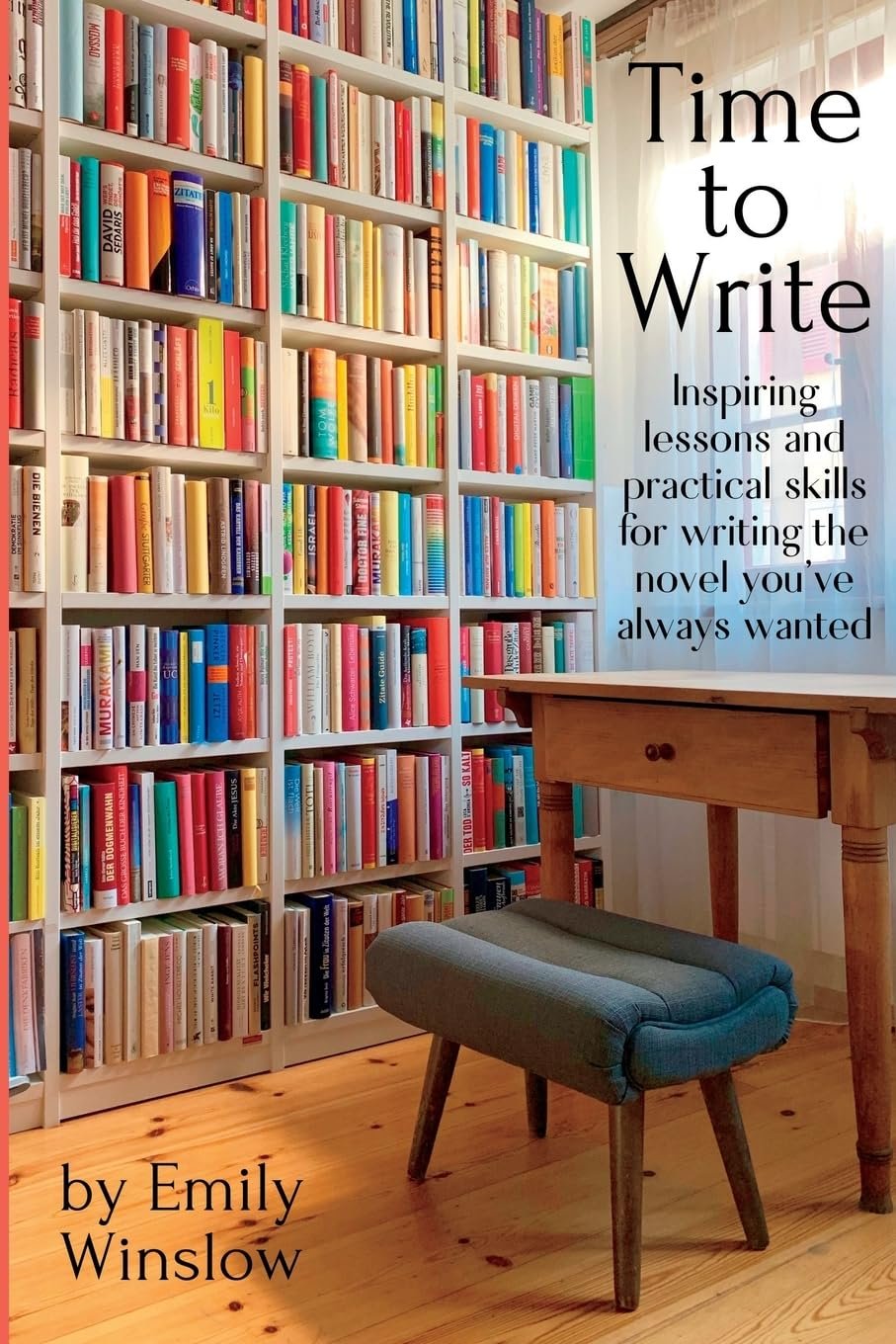
29 Aug Unlocking Your Novel: A Deep Dive into ‘Time to Write’ and Its Creative Wisdom
Unleashing Creativity with Time to Write: A Personal Journey
Ever felt that familiar tug in your heart, the whisper of an untold story waiting to take shape? That’s exactly what drew me to Time to Write: Inspiring lessons and practical skills for writing the novel you’ve always wanted by Emily Winslow. As a long-time aspirant author constantly juggling myriad distractions, I found this book to be a warm and compelling invitation to finally put pen to paper (or fingers to keyboard!).
Emily Winslow, an acclaimed author and educator at Cambridge University, carries an incredible wealth of experience that comes through beautifully in her writing. The book comprises 49 lessons, each designed to fuel not just your writing but your entire creative process. From mindset adjustments to honing practical skills, Winslow nurtures that initial spark of inspiration and provides the scaffolding necessary to bring your ideas to life.
One of the standout aspects of Time to Write is Winslow’s emphasis on individual writing styles. She understands that there isn’t a one-size-fits-all approach to creativity, and she validates the unique journeys we each embark upon. I particularly appreciated her gentle reminders throughout the book that writing is as much about finding your voice as it is about structure and technique. This resonated deeply with me, reminding me that my personal struggles with self-doubt are shared by many.
Winslow adeptly delves into essential topics such as how to handle critique and evaluate publishers—areas that I often glossed over in my writing pursuits. Her insights into these practical elements made me feel more equipped and less intimidated. A quote that stuck with me was from one of the testimonials, “Emily has taught a range of students of all ages, nationalities, and experiences… Students blossom with the confidence she provides.” It’s true; by sharing her knowledge and fostering an encouraging environment, Winslow ignites a passion for storytelling that feels contagious.
The structure of the book encourages a paced, thoughtful approach to writing, weaving in actionable tips and exercises that stimulate your creativity. I found myself eagerly anticipating each new lesson, sometimes jotting down ideas sparked by Winslow’s prompts before even finishing the chapter!
Whether you are a novice struggling to start your first manuscript, or someone with a draft collecting dust, I believe Time to Write will resonate with you. It’s a powerful reminder that it’s more than just technique—it’s about tapping into the stories lurking in the periphery of our lives and translating them into words.
In conclusion, reading this book was not just a technical experience; it was a deeply personal one. It reconnected me to my love for writing, reminding me that, ultimately, it’s about expressing who we are. If you’ve ever wrestled with the thought of writing your own novel, or just want to ignite a new level of creativity, pick up Time to Write. It might just be the gentle nudge you need to pursue that story waiting inside you.









